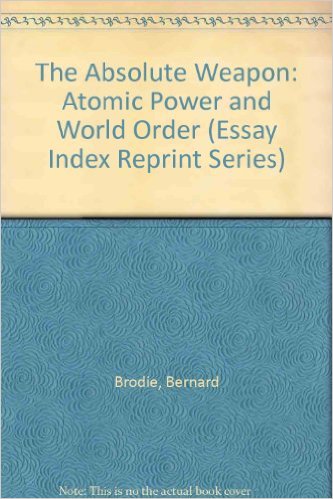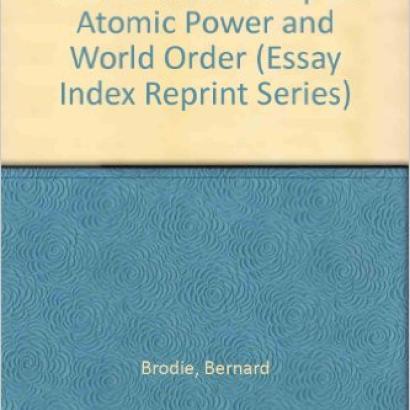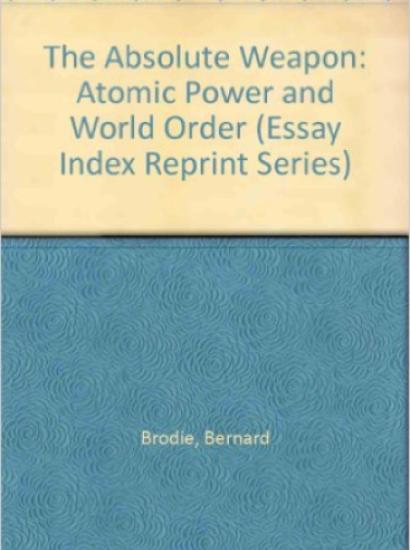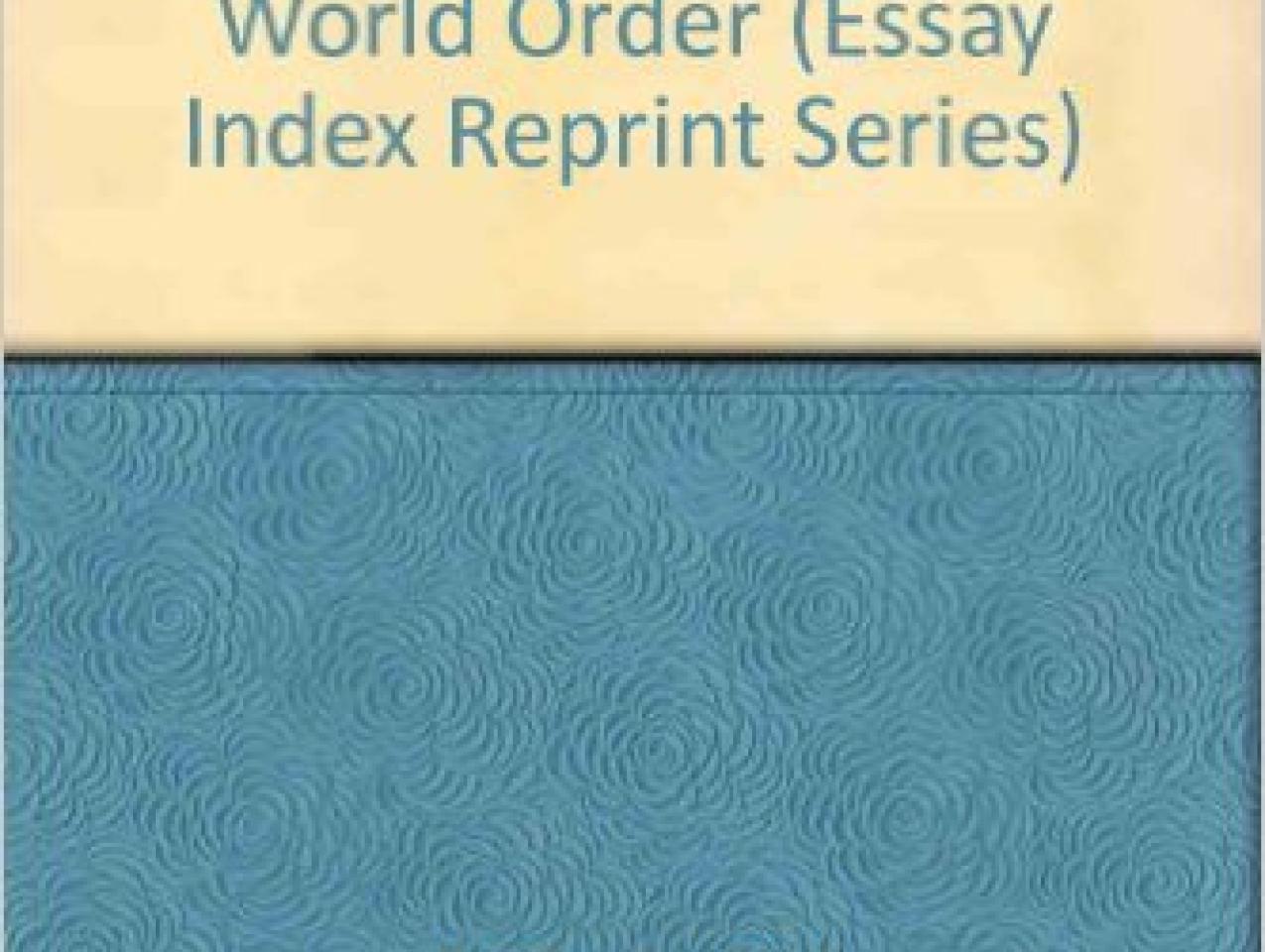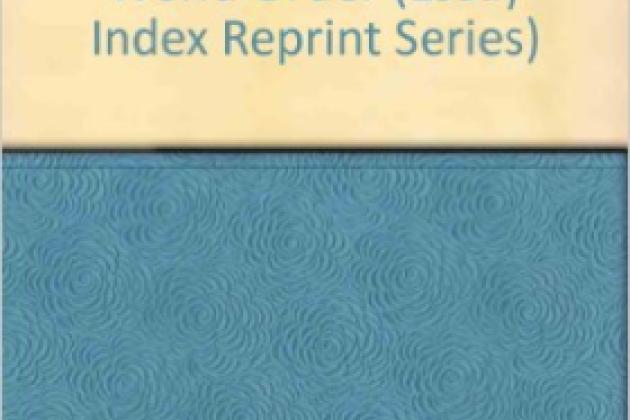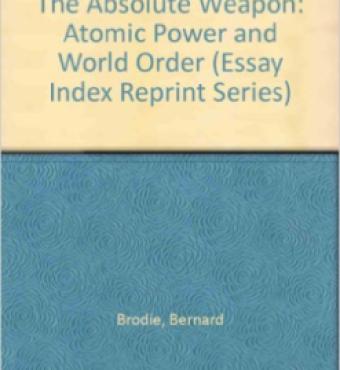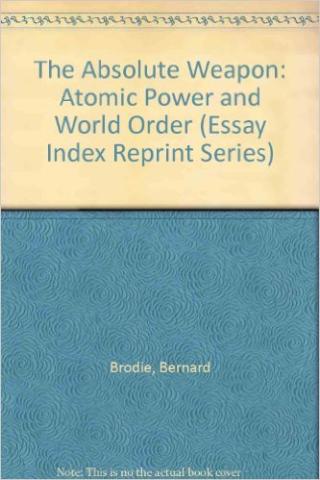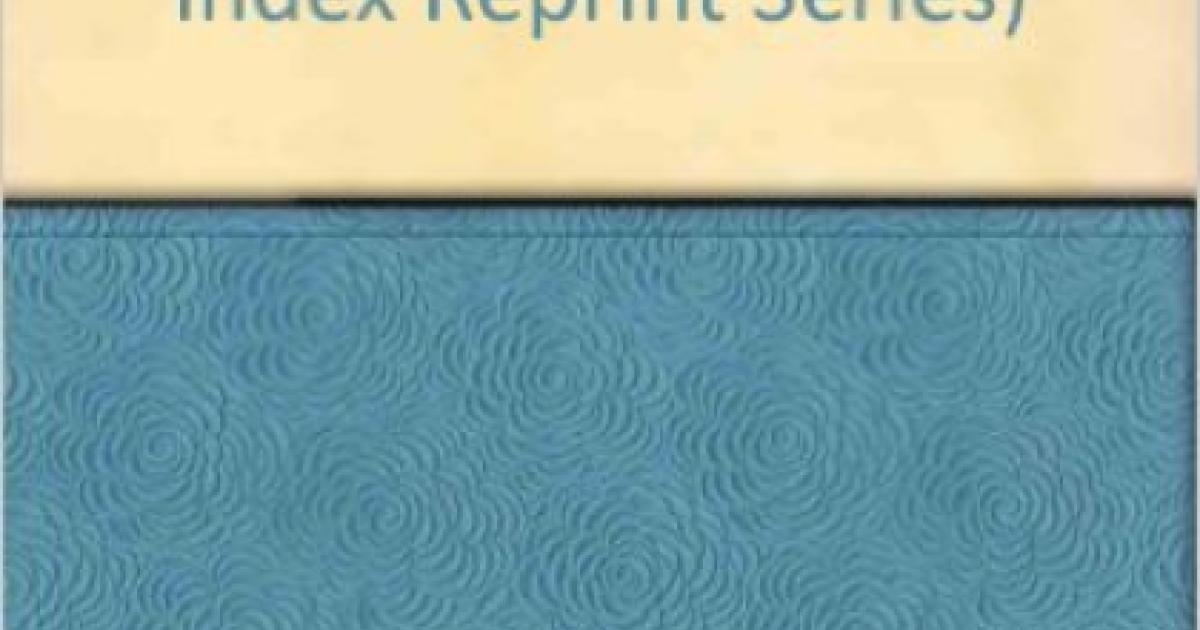- History
- Military
It is no exaggeration that, for seventy years, the mainstream of American thought on nuclear war has been a gloss on this volume’s essays, written within weeks of Hiroshima and Nagasaki. From the fact that two bombs had destroyed two cities, the book extrapolates a full-grown doctrine of war in the nuclear age. It makes categorical statements meant to be valid forevermore as well as to transcend the people, places, and strategies that might be involved.
“One bomb can destroy a city”—and by implication anything else. Hence, “defense against the bomb is impossible.” But while that is true of small, papier mâché cities like Hiroshima and Nagasaki that had taken no precautions, a 20-kiloton bomb may do little damage to a target that is merely hardened, even less if it is defended. “It makes no difference whether one side has 2,000 bombs or 6,000.” That is true only if both sides do nothing to diminish each other’s nukes, and if both consist of Hiroshimas that they do not defend. “Fear of nuclear attack will never be low.” The same is true of knives at one’s throat. The more relevant question is, “Who is more afraid of what?
This book’s logic has driven U.S. nuclear doctrine ever closer to “minimum deterrence”—the illusion that any nation’s capacity to deliver even one nuke upon another shields it from the other’s nuclear attack. It has been so influential precisely because it relieves the reader from the responsibility of dealing with the practical questions that pertain to the use of any weapon: how can its owners use it to defeat their enemies while safeguarding themselves?







